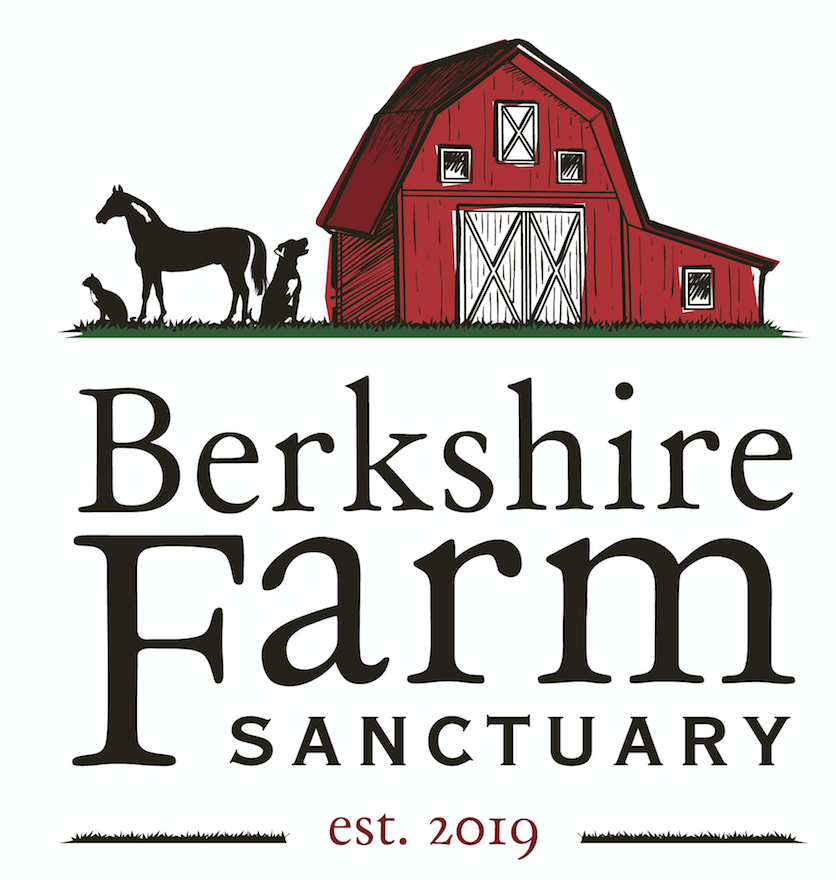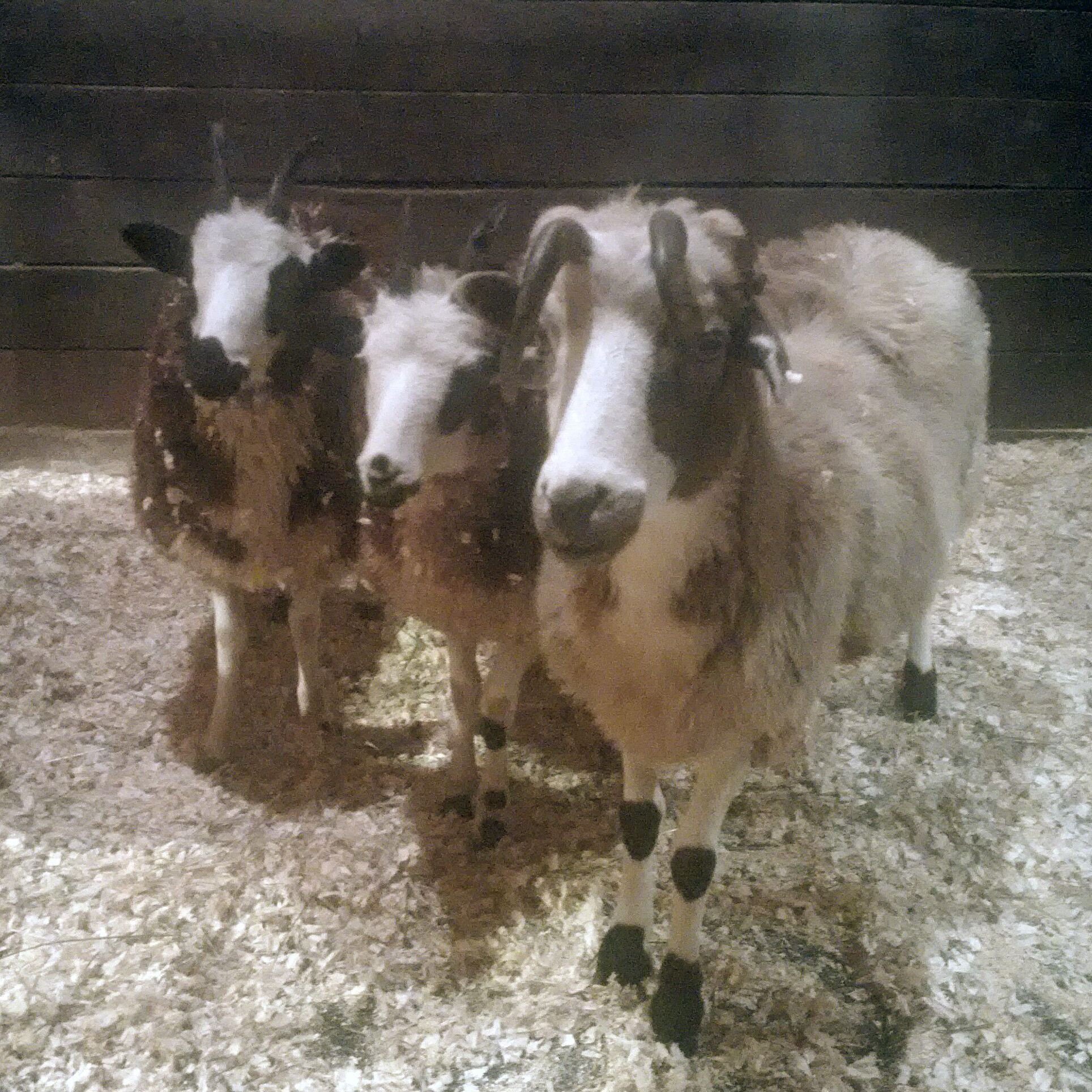Sheep!
Did you know that sheep extremely intelligent and excellent at recognizing and distinguishing between faces? In one study, scientists had sheep distinguish between the faces of celebrities such as Barack Obama, Emma Watson, and Jake Gyllenhaal! Many were able to still recognize the face after the picture had been altered or they were shown a different angle. They are wooly geniuses!
Sheep have a great sense of smell, and have special scent glands located in front of their eyes and between the digits of their hooves to help them out! Mothers learn to identify their babies by their unique scent. Our Jacob Sheep were at one time taken from their mothers. We reunited them and guess what? They all found their moms in a matter of seconds. The moms knew too!
Sheep have a great sense of smell, and have special scent glands located in front of their eyes and between the digits of their hooves to help them out! Mothers learn to identify their babies by their unique scent.
Sheep also have a great sense of taste, and can even use this sense to discriminate between plants and substances for the purpose of self-medication! This is an example of a behavior called Zoopharmacognosy, where non-human animals seek out plants, insects, certain types of soil and other things to medicate themselves for ailments like stomach upset and high parasite loads!
Sheep have amazing peripheral vision. Their field of vision is nearly 360 degrees! They cannot see directly behind them, but otherwise have a very impressive visual range, especially when their head is lowered to graze!
Sheep have a nifty little split in their upper lip to help them choose the plants they consume! You know what they don’t have though? Front teeth in their upper jaw!
Sheep memories are also pretty great. They can recognize up to 50 sheep faces and remember them for two years!
Turn that frown upside down! Sheep can distinguish between a smile and a frown on human faces, and prefer smiles much like us.
Sheep are quite clever! They can navigate mazes and have been found to use their excellent memory to memorize how to get through them quickly!
Sheep are herbivores and eat mainly plant material. In the wild or when living in pastures, sheep spend a good part of their day grazing on grass and weeds. Sheep that live in an enclosure with no grass to graze are often fed hay or silage. Silage includes foods such as fermented hay or corn. Sheep are found all over the world, living in habitats that range from forests to desert conditions. Occasionally, people raise sheep to be wooly pets; sadly however, their agricultural role as livestock includes harvesting for milk, cheese, meat, and wool.
Sheep are diurnal graminavores. In other words, sheep are herbivorous animals that primarily consume grass and share a particular digestive system with over 150 different animals.
Within the abdominal cavity of their four-chambered stomach, sheep have a rumen. A rumen is a holding place for food that the sheep will later regurgitate and re-swallow.
Sheep will demonstrate a flocking behavior- once separated from the group, sheep will experience stress as anxiety takes over.
Not only do sheep form friendships, it appears they have some capacity for forming mental images of the faces of other individuals. We don’t know to what extent they experience this but, for humans, it would be similar to thinking about a good friend you are missing and picturing their face.'
Sheep can see violet, blue, cyan, green, yellow, and orange. While they technically have the ability to see a little bit of red, they are red-green colorblind, so can’t distinguish between those colors.
How you can help sheep
Hundreds of millions of sheep are used worldwide for meat, milk, cheese, their lanolin and wool. Ask questions, read and do research and educate yourself on how to avoid companies and products that use sheep either for meat or slaughter them for other uses. Having compassion and being educated at any age gives you the power to change the world and make it a better place for sheep.





